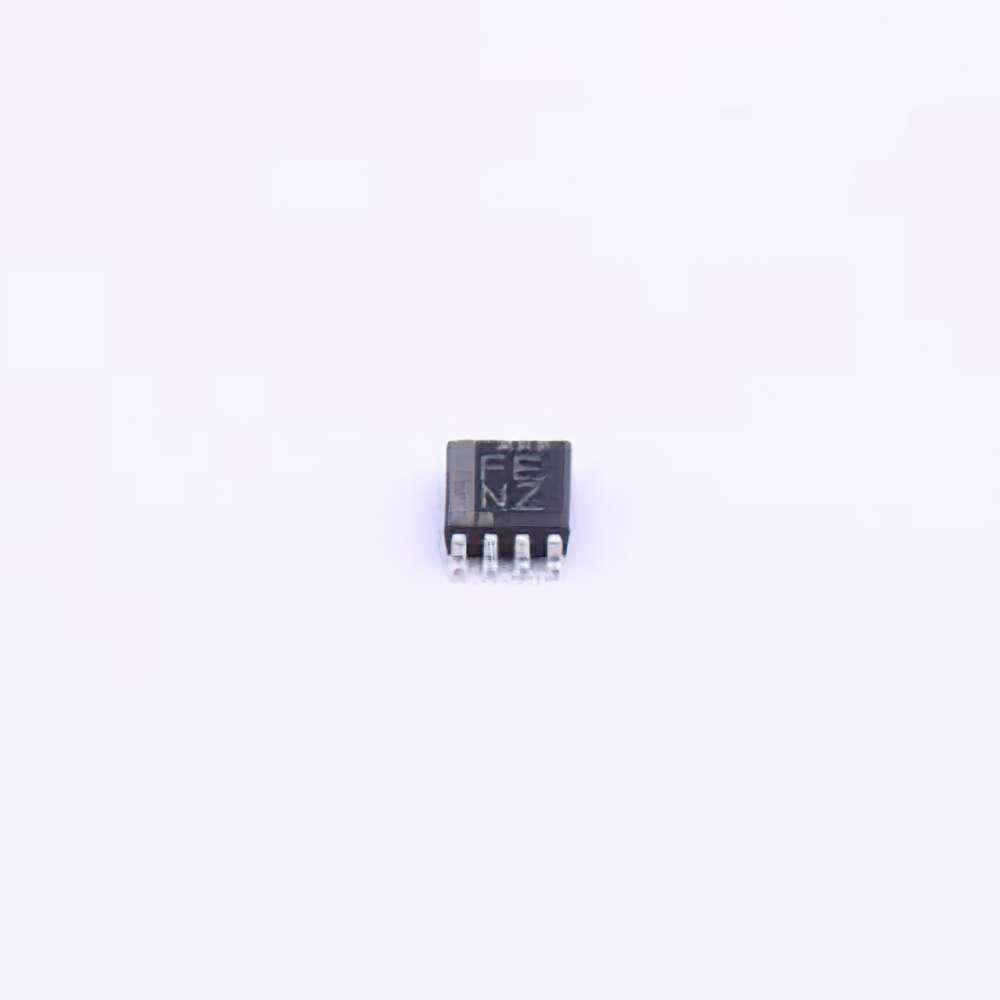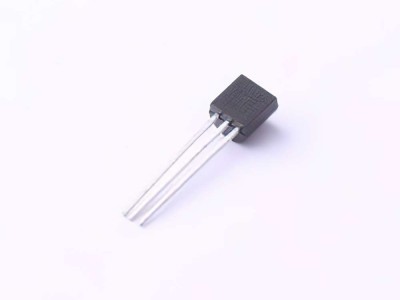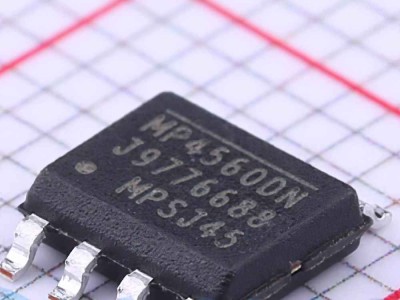
Common Issues and Troubleshooting Steps for the TXS0102DCUR
The TXS0102DCUR is a popular level translator IC that allows seamless communication between devices operating at different voltage levels, typically used in low- Power electronics such as sensors, microcontrollers, and other integrated circuits. Despite its efficiency and robust design, the TXS0102DCUR is not immune to operational issues. Understanding and troubleshooting common problems associated with this IC can help ensure its optimal functionality in your circuit designs.
1. Power Supply Issues
One of the most common reasons for malfunctioning TXS0102DCUR devices is improper power supply. This IC requires specific input voltage ranges to function correctly, and any deviations can lead to communication failures or damage to the IC itself.
Problem: The TXS0102DCUR may fail to initialize or operate intermittently.
Solution: Verify the power supply voltage at the VCCA and VCCB pins, ensuring they fall within the specified range of 1.8V to 3.6V. Using a voltage meter, check the power rails to make sure they are stable and within tolerance.
If there is a power fluctuation or if the power supply is not properly regulated, consider adding additional capacitor s close to the VCCA and VCCB pins to stabilize the supply voltage.
2. Incorrect Logic Level Mapping
Another frequent problem with level translators like the TXS0102DCUR is mismatched logic levels between the communicating devices. The TXS0102DCUR can handle voltage translation for both input and output signals, but if the input and output pins are not correctly configured, the logic levels may not be properly translated.
Problem: The TXS0102DCUR may output incorrect data or fail to recognize input signals.
Solution: Double-check the connections between the TXS0102DCUR and the devices it is interfacing with. Ensure that the A port (low-voltage side) is connected to the lower-voltage device and the B port (high-voltage side) is connected to the higher-voltage device. Reverify the signal polarity to avoid logic-level mismatches.
Additionally, consult the datasheet to ensure that the voltage levels on each port are within the required specifications. The device will not operate properly if the logic-level voltages are outside the acceptable ranges.
3. Signal Integrity Problems
Signal integrity is crucial for proper operation of any level translator. The TXS0102DCUR uses open-drain/Schottky-diodes for voltage translation, which makes it susceptible to poor signal quality if the circuit layout is not optimized. Issues such as excessive capacitance or inductance on the signal lines can degrade signal quality and lead to unreliable communication.
Problem: Data corruption or failures in communication.
Solution: Inspect the PCB layout to ensure that signal traces are as short and direct as possible. Avoid placing long traces between the TXS0102DCUR and the connected devices. Additionally, if the data rate is high, consider adding a series resistor (typically between 20Ω and 100Ω) to help match impedance and reduce reflections.
It is also advisable to use proper grounding techniques and ensure that the ground planes are solid and continuous across the circuit.
4. Timing and Switching Speed
Timing is an essential aspect of level translation, especially when working with high-speed interface s. If the TXS0102DCUR is operating in a high-frequency environment, switching speed and timing mismatches can become a significant source of error.
Problem: Data transfer failures, particularly at high clock speeds.
Solution: Review the timing diagram provided in the datasheet and ensure that the TXS0102DCUR's switching speed is adequate for your application. If you are operating at high speeds, minimize capacitive load on the output pins and optimize the driving strength of the signals. The use of proper termination resistors and minimizing parasitic capacitance will help achieve reliable signal transitions.
5. Cross-Talk and Noise
In complex circuits where the TXS0102DCUR is interfacing with multiple devices, cross-talk and electrical noise can sometimes interfere with the signal integrity. Cross-talk happens when signals from adjacent traces or components induce unwanted noise on the TXS0102DCUR's signal lines.
Problem: Erratic behavior or corrupted signals.
Solution: Ensure adequate spacing between high-speed signal traces and lower-speed control traces. Use shielding techniques, such as routing sensitive signal lines away from noisy components or using grounded copper planes between traces, to minimize cross-talk. Additionally, adding small Capacitors (e.g., 0.1µF) between the supply pins (VCCA/VCCB) and ground can help filter out noise.
6. Temperature Sensitivity
While the TXS0102DCUR is designed to operate within a specific temperature range, excessive temperatures can affect its performance, especially in high-power applications or environments with poor ventilation.
Problem: Inconsistent operation or complete failure of the device.
Solution: Monitor the temperature of the IC and ensure it remains within the recommended operating range. If the device is exposed to high temperatures, improve cooling by using heat sinks, proper ventilation, or thermal vias in the PCB design. For extreme cases, consider using external cooling solutions like fans or heat spreaders.
Advanced Solutions and Optimization Tips for TXS0102DCUR
While Part 1 addressed common troubleshooting scenarios, Part 2 dives into advanced solutions and optimization techniques that can help users ensure that the TXS0102DCUR continues to deliver consistent and reliable performance in more demanding applications.
7. Using Proper Capacitors for Decoupling
Decoupling capacitors are essential for stabilizing voltage levels and reducing noise in ICs, including the TXS0102DCUR. Without adequate decoupling, voltage spikes and dips can occur, leading to operational instability or failure.
Problem: Voltage spikes cause data corruption or unstable communication.
Solution: Place decoupling capacitors as close as possible to the power supply pins (VCCA and VCCB). A 0.1µF ceramic capacitor is ideal for filtering high-frequency noise, while larger capacitors (e.g., 10µF or 100µF) can be used to stabilize the power rails for larger fluctuations. Ensure the capacitors are of high-quality materials and rated for the expected voltages.
In addition, consider using low ESR (Equivalent Series Resistance ) capacitors to further reduce noise at high frequencies.
8. Optimizing PCB Layout for Signal Integrity
The PCB layout plays a crucial role in ensuring the TXS0102DCUR operates reliably, especially in high-speed digital circuits. A poor layout can result in excessive noise, signal degradation, and even device failure.
Problem: Signal distortion or loss of data integrity.
Solution: When designing the PCB, follow best practices for high-speed PCB design:
Keep the signal traces as short as possible to reduce signal reflection and propagation delay.
Use controlled impedance traces for high-speed signals to match the characteristic impedance of the transmission lines.
Route power and ground planes in such a way that they minimize the path resistance and inductance.
Use ground pours to reduce noise and cross-talk between signal lines.
Additionally, using vias sparingly can help reduce signal integrity issues, as vias introduce inductance and can slow down signal transitions.
9. Addressing Bus Contention
In certain configurations, particularly when the TXS0102DCUR is used in multi-master or multi-slave bus systems, bus contention may occur. This happens when multiple devices try to drive the same line at the same time, potentially causing erratic behavior.
Problem: Signals get corrupted or devices fail to communicate properly.
Solution: Use tri-state buffers or open-drain configurations to ensure that only one device drives the bus at a time. If using I2C or SPI interfaces, ensure proper pull-up resistors are installed on each signal line to avoid conflicts.
10. Ensuring Proper Grounding and Noise Isolation
A well-designed ground system is essential for maintaining stable operation, especially when working with sensitive digital signals. Poor grounding can lead to unpredictable results in level translation and signal integrity.
Problem: Ground bounce, noise, and fluctuating signals.
Solution: Create a solid, low-impedance ground plane that covers the entire PCB. Ensure that high-current return paths are separate from sensitive signal traces. Implement star grounding, where all components connect to a single point, to avoid ground loops.
For high-speed applications, isolate noisy power supplies from sensitive signals using ferrite beads and other noise-reducing components.
11. Upgrading to Higher-Speed Components
If your design requires high-speed operation and the TXS0102DCUR’s capabilities are insufficient, consider upgrading to a faster-level translator IC. Some newer ICs support faster voltage translation and have better noise immunity and higher signal integrity at higher speeds.
Problem: Slow or unreliable communication at high data rates.
Solution: Review the datasheet of alternative level translator ICs that offer higher switching speeds and greater bandwidth. Some newer devices come with additional features like
If you are looking for more information on commonly used Electronic Components Models or about Electronic Components Product Catalog datasheets, compile all purchasing and CAD information into one place.


